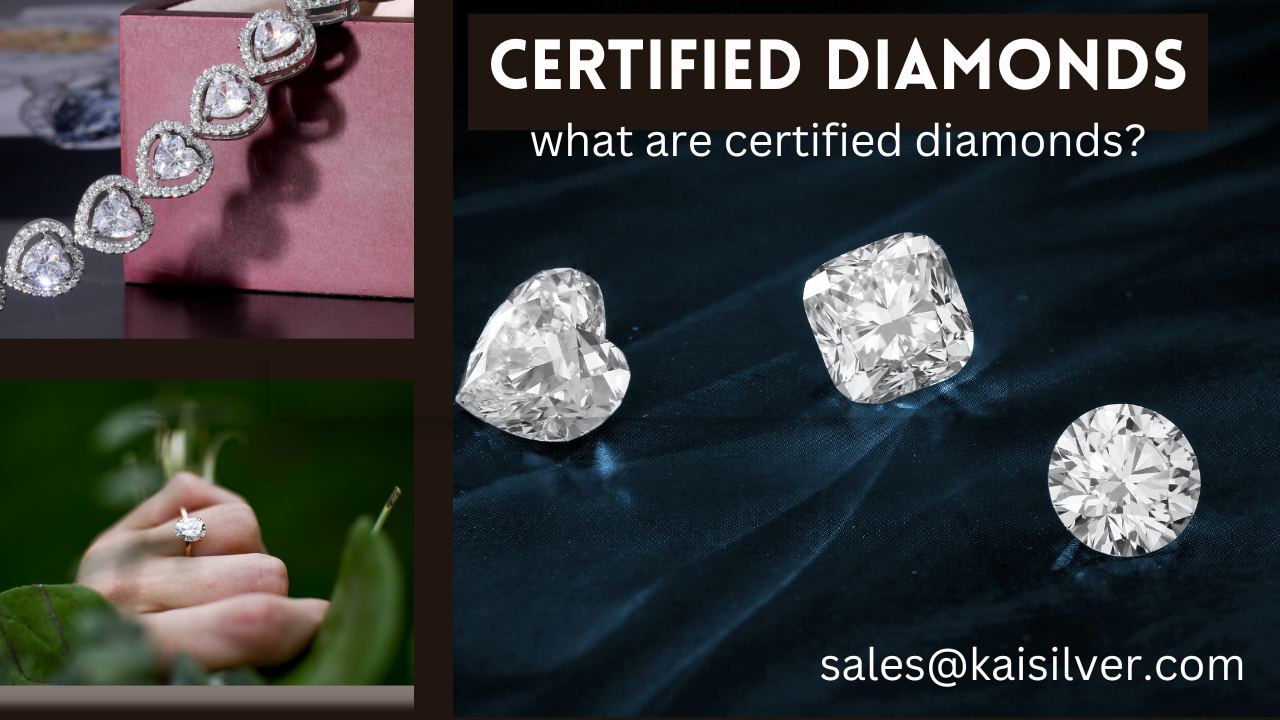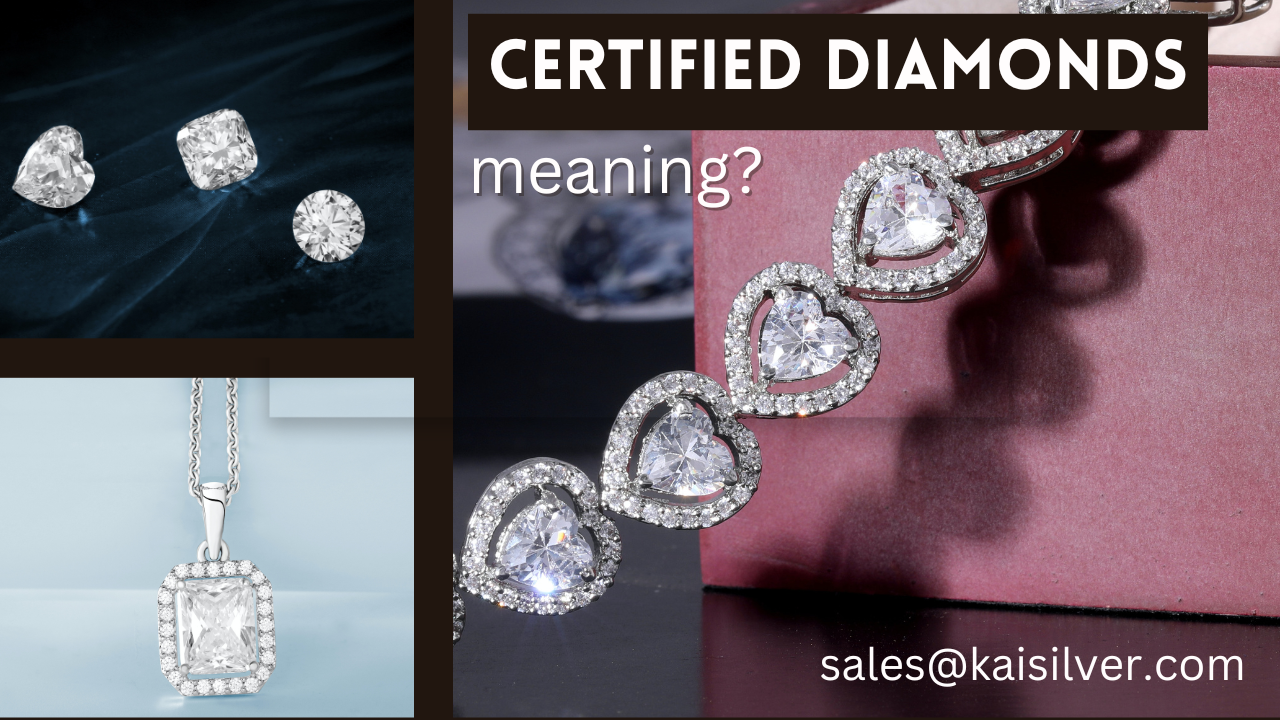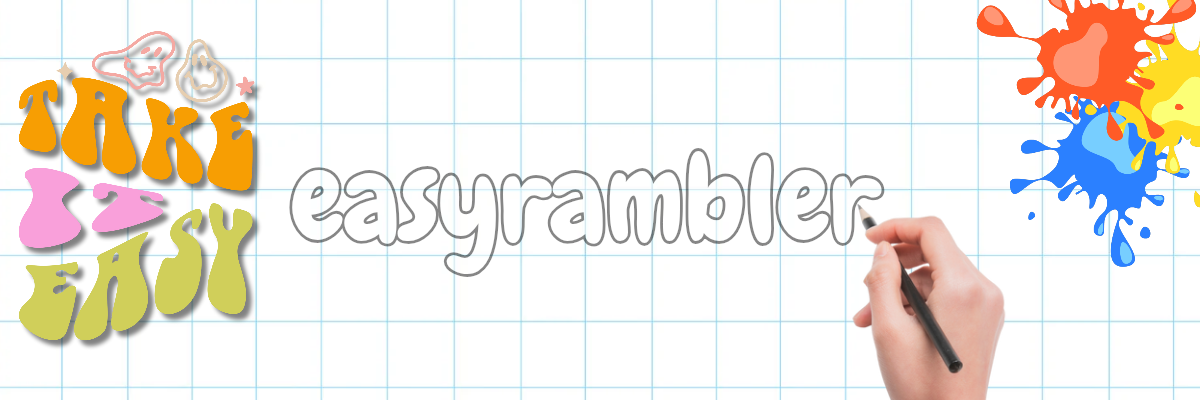Why Should You Buy A Certified Diamond?
In this report we explain the meaning of a 'certified' diamond. Most of you who wish to understand the meaning of a certified diamond, would need a very simple explanation. We have therefore kept the contents of this report as clear and non-technical as possible. You might have to read through the report a couple of times before, grasping the entire contents. If you intend to buy a diamond or have a keen interest in the glittering stone, understanding the meaning and implications of certified diamonds is indeed very important.
Diamonds are natural, in recent times we have heard a lot about synthetic diamonds - here is the distinction between the two 'types' of diamonds. Natural diamonds are mined from the earth, they are rare and of course expensive. On the other hand synthetic diamonds are made in a factory, manufacturers love to refer to the production facility as an 'advanced laboratory'. The manufacturing process for synthetic diamonds, begins with a tiny piece of natural diamond. Material which has the same chemical composition as natural diamonds, is gradually deposited over the piece of natural diamond. At this point of time, the technology including equipment and knowledge, is expensive and known to very few people. This along with some mind boggling marketing hype, gives the impression of 'value' to synthetic diamonds. At the time of writing this report, the price of synthetic diamonds is around 70% to 80% lower than that of (similar) natural diamonds. This is much lower than what they would cost a couple of years ago, expect the price to keep dropping as production facilities become cheaper and the technique, becomes known to an increasing number of people.


So why is it so important to understand synthetic diamonds when, learning the concepts related to certified diamonds. It has got to do with the 'marketing hype' that we mentioned in the previous paragraph. Diamond industry stalwarts like GIA and DeBeers have, also been drawn into the synthetic diamond wagon. While DeBeers has now added synthetic diamonds to offerings, GIA has started certifying synthetic diamonds.
Now getting deeper into the explanation of certified diamonds. Natural diamonds take a few billion years to be formed. Each diamond has its unique features and the value of a diamond needs to be clearly defined. The multi billion dollar diamond industry, has set up an extremely accurate system to help grade diamonds. The 4C parameters of a diamond namely, color, cut, clarity and carat significantly influence the value and price of a diamond. Just keep in mind that, we refer to natural diamonds (not synthetics or fakes) and diamonds that have been cut and polished. The 'carat' in the 4C parameters, refers to the weight of the diamond, carat is the unit used to measure the weight of diamonds. You might be interested to know that, 1 gram consists of 5 carats.
So who should define the 4C parameters of a diamond. Diamond traders often have their own graders and sorters, these trained staff with help from the owner of the business generally perform the grading process. Since the price of a diamond is directly related to the 4C parameters, it is not uncommon for sellers to overstate these important features for their stones. To ensure that diamonds are graded accurately and without any bias, the industry relies on diamond testing laboratories. Diamonds are testified and certified in such laboratories, the certificate includes information that is much more than the 4Cs of the certified stone.
Most diamond testing certificates provide the following information:
- The authenticity of the diamond, natural or synthetic. We did mention about that some diamond testing laboratories including GIA, provide certification for natural and synthetic diamonds.
- The 4C parameters that include color, clarity, cut and carat are also mentioned on diamond testing certificates.
- A diamond buyer would surely wish to know the dimensions (size) of a certified diamond, this information is provided in terms of length, width and thickness (height).
- Diamonds are sometimes put through a treatment process, this to improve their appearance and make them appear more valuable. Certified diamonds would have this information mentioned on the certificate.
A small note about diamond testing labs, there are more than a hundred testing labs all over the world. However it is only a handful (6 to 8) labs that are globally recognized. This is something that you will need to observe carefully when assessing a certified diamond.
And do certified diamonds cost significantly more than, similar diamonds that have not been certified. The answer is yes but, this does not appear to be fair to the buyer. Since most diamonds that are traded are not certified, sellers try to give an exclusive status to certified diamond. This allows them to charge a premium which is definitely more than the cost of getting the stone certified. The fact is that, most certified diamonds are sold at a premium that far exceeds, the actual cost of getting the certification done.
It is important to understand that the diamond testing certificate, does not make any mention of the price of the stone. The information disclosed on the document accompanying a certified diamond, forms just one of the factors that determine price. Market environment and the place where the seller is located, are other factors that influence the price of a diamond.
IMPORTANT
This report on certifying diamonds relates to natural and not lab created diamonds. However it is important to understand that gem testing labs including the GIA (Gemological Institute Of America), provides certification for both natural and lab created diamonds. The report for lab diamonds does mention the fact that the stone is lab created but, the other parameters reported remain the same as those for natural diamonds.
REPORT COMPILATION
The information in this report is compiled by experts at Kaisilver, the leading provider for high end custom made jewelry in Thailand. Crafting both gold and silver jewelry to the same superior standards, Kaisilver today serves over 12,000 gem and jewelry lovers across 15 nations. The designs for all jewelry can be yours or ours, we place no restriction on gem selection and both gold and silver jewelry, are crafted by the same superbly skilled team in Thailand. Contact Kaisilver at sales@kaisilver.com for any questions or requirements that you might have. You do not need to make a purchase to gain knowledge from the expert team.
